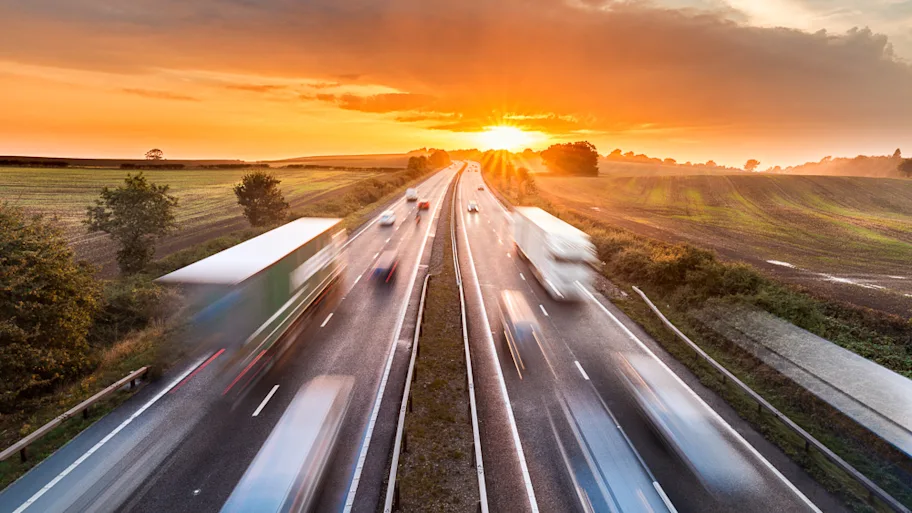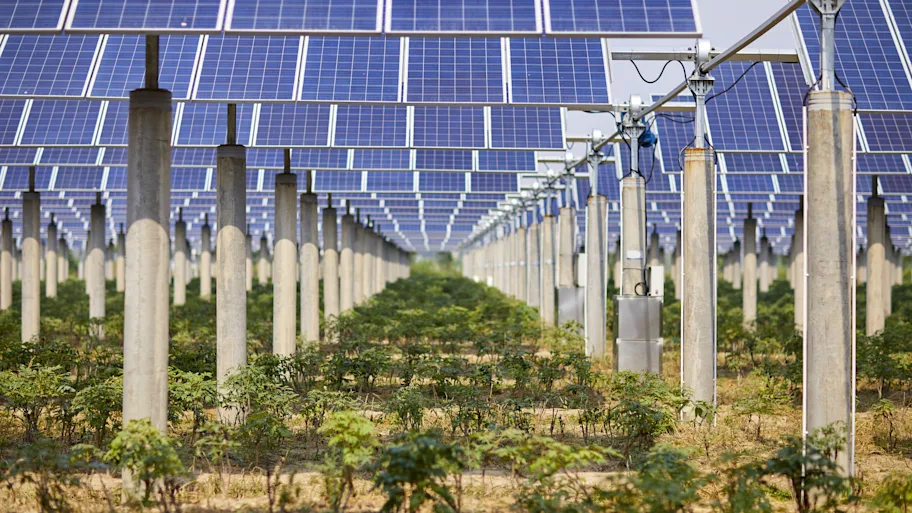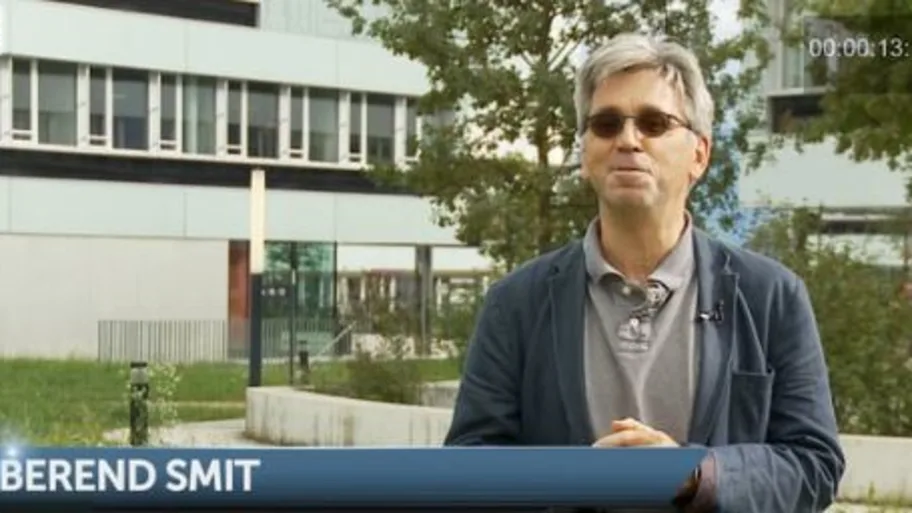
- Science news
- Climate action
- Estimating the impact of ‘eco’ jet fuel: How much could it reduce CO2 emissions by 2050?
Estimating the impact of ‘eco’ jet fuel: How much could it reduce CO2 emissions by 2050?
By Colm Gorey, Frontiers science writer

Image: Thiago B Trevisan/Shutterstock.com
The aviation sector is seen as a very visible contributor of CO2 emissions globally, but will efforts to clean up the industry pay off? New research published with Frontiers has calculated what impact ‘sustainable aviation fuel’ (SAF) will have, showing CO2 emissions between 4% and 23% lower than if no SAF was used, even if airlines exceed pre-Covid-19 demand. However, while the use of SAF can help contribute to international targets, SAF alone will not be enough to meet 2050 net-zero CO2 goals for aviation.
Much in the same way that the automotive industry is shifting gears to produce more environmentally-friendly cars to offset the effects of the climate crisis, the aviation sector is trying to find ways to significantly cut down on its CO2 emissions.
Estimates suggest that the sector is responsible for about 2.5% of global carbon emissions and equivalent to the release of more than 900m metric tons of CO2 annually just prior to the Covid-19 pandemic. However, with entirely electric-powered aircraft some way off from becoming commonplace and limited in range, airlines have turned to cleaner jet fuels to help reduce their impact on the planet in the meantime.
One such effort involves the use of so-called ‘sustainable aviation fuel’ (SAF), a mixture of biofuels and petroleum-derived jet fuel. The biofuel element of SAFs is commonly made from crops and are thought to have a lower life-cycle carbon footprint than conventional jet fuel because the crops absorb CO2 when they’re grown.
Now in a paper published to Frontiers in Energy Research, scientists from Purdue University’s School of Aeronautics and Astronautics have analyzed a significant amount of data to help try and answer one key question: how much could SAF actually reduce commercial aviation’s CO2 emissions by the middle of this century?
► Read original article► Download original article (pdf)
Taking other technologies into account
While several studies in the past tried to answer a similar question, these assessments were released prior to the sharp drop in demand for air travel in 2020 following the arrival of the Covid-19 pandemic.
For example, one of these estimates suggested that the use of SAF could potentially reduce US CO2 emissions by between 55% and 92% by 2050 when compared with 2005.
The authors of this latest study, including the head of the Purdue school, Prof William Crossley, considered five future SAF scenarios and two future passenger-demand projections using what is known as the Fleet-Level Environmental Evaluation Tool (FLEET) between 2005 and 2050.
The projected passenger estimates are based on two scenarios: one where airlines recover to pre-Covid-19 levels by 2023 and another taking into account lower passenger demand recovery due to the spread of new Sars-CoV-2 variants by 2030.
“Through our model-based approach, we were able to show that – relative to a baseline scenario in which no SAF was used – the five SAF scenarios did lead to reductions in CO2 emissions for the year 2050,” Crossley said.
“These fleet-level CO2 reductions were between 4% and 23% below the baseline emissions. This CO2 reduction is possible even with scenarios that show increasing passenger demand after a recovery from the Covid-induced drop in travel demand. An important aspect here is that our simulations include ever-improving aircraft technologies, but still relying upon jet-fuel as the energy source. Because of this, some of our study scenarios do see aviation CO2 emissions in 2050 that are below the 2005 initial year of our assessment, but none of these scenarios reach a net-zero level for aviation CO2 emissions.”
SAF is not a silver bullet
However, Crossley noted that while the use of SAF can help contribute to international targets – such as Destination 2050 in the EU and the global Paris Agreement – SAF alone will not be enough to meet 2050 net-zero CO2 goals for aviation.
“Introducing other approaches for aviation, like increased electrification where that is possible for smaller aircraft on shorter routes, and considering other fuels like hydrogen or potentially ammonia, are also parts that are needed to maintain the benefits of aviation to head towards net-zero CO2,” he said.
“Aircraft are expensive machines that airlines are not generally willing to retire or replace quickly. That means even with the introduction of aircraft using other propulsion methods, there will likely still be many jet fuel powered aircraft in the fleet even in 2050. That is another reason that introducing wide spread use of SAF as a ‘drop in’ that the current and near future aircraft can use will provide the most significant reduction in CO2 emissions between now and 2050.”
Looking to the future, Crossley and the authors hope to expand the FLEET modelling tool – a US-centric dataset – to one that takes global operations into account. Additionally, they hope to include some of the additional technologies mentioned in Destination 2050 and the 2021 US Aviation Climate Plan, such as hybrid-electric aircraft and hydrogen powered aircraft. This would be in addition to the use of SAF to see if their predictions can meet the future aviation CO2 predictions and goals to get aviation to net-zero CO2 emissions.
REPUBLISHING GUIDELINES: Open access and sharing research is part of Frontiers’ mission. Unless otherwise noted, you can republish articles posted in the Frontiers news blog — as long as you include a link back to the original research. Selling the articles is not allowed.






